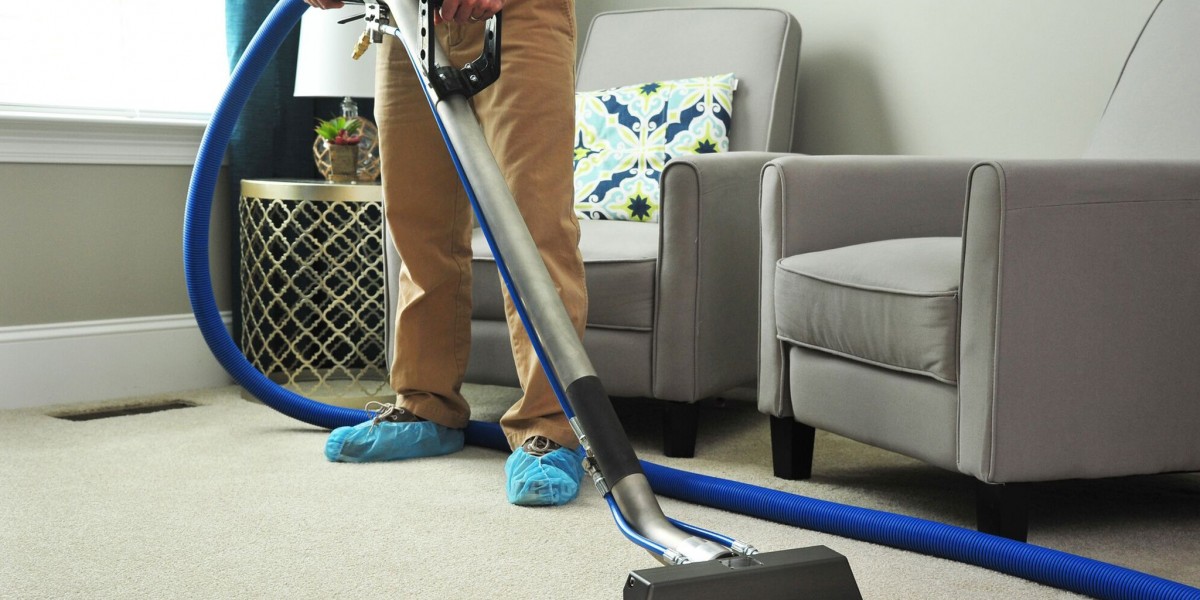Door Hinge Replacement: A Comprehensive Guide
Gradually, even the most durable parts of a home can go through wear and tear. One such often-overlooked element is the door hinge. These little yet necessary hardware pieces are essential for the smooth operation of doors, supplying stability and ease of use. When door hinges start to stop working-- whether due to rust, damage, or improper installation-- it can lead to squeaky, misaligned, and even stuck doors. In this guide, we will explore the signs that indicate a need for door hinge replacement, the types of hinges offered, the detailed process for replacement, and often asked concerns to guarantee homeowner can undertake this job with self-confidence.
Indications Your Door Hinges Need Replacement
Acknowledging when door hinges need replacement is crucial to keeping both the functionality and looks of your home. Here are some signs to look out for:
Squeaking or Grinding Noises: Persistent sounds when opening or closing a door may suggest the requirement for hinge replacement. While lubrication can in some cases deal with the issue, if the sound persists, it's a sign of wear.
Visible Rust or Corrosion: Metal hinges can rust over time, especially if they're exposed to wetness. Rust not just affects the hinge's functionality however could also infect the door frame.
Misalignment: A door that doesn't close properly or hangs unevenly may have damaged hinges. Misaligned hinges can trigger undue tension on the door and lead to further damage.
Fractures or Breaks: A visual evaluation can reveal cracks or breaks in the hinge. If the damage is severe enough, it can avoid the composite door repair team from running correctly.
Loose Hinges: If a door hinge feels shaky or is retreating from the door or frame, it's most likely in need of replacement. Loose hinges can lead to additional damage with time.
Kinds Of Door Hinges
When considering door hinge replacement, it's important to understand that various kinds of hinges are offered, each customized to various door setups and RepairMyWindowsAndDoors looks. Here are some typical types:
Butt Hinges: The most standard type, appropriate for many interior and exterior doors.
Constant Hinges: Also known as piano hinges, these run the entire length of the door and supply even support, making them an ideal choice for heavy doors.
Spring Hinges: Designed to immediately close doors, frequently used in commercial settings where fire security is an issue.
Pivot Hinges: These are mounted at the top and bottom of the door instead of on the side, allowing for a special opening system frequently utilized in specialty doors.
Decorative Hinges: Available in different designs and surfaces, these hinges not just serve a functional function but likewise add visual value to doors.
Step-by-Step Process for Replacing a Door Hinge
Changing door hinges is a manageable DIY task that requires simply a few tools and some basic abilities. Follow these steps for an effective composite door restoration hinge replacement:
Tools Required:
- Screwdriver (flathead and Phillips)
- Replacement hinges
- Wood filler (if needed)
- Drill (optional)
- Measuring tape
- Level
- Paint or finish (optional)
Steps to Replace Door Hinges:
Prepare the Area: Clear any blockages around the door and ensure you have sufficient lighting.
Eliminate the Door: Open the door partly so you can access the hinges. Use your screwdriver to remove screws from the hinges, then lift the composite door repair materials off its frame.

Evaluate the Door Frame: Inspect the hinge area for any damage. If the wood is removed or damaged, utilize wood filler to fix any issues before continuing.
Install New Hinges: Position the new hinges on the door, aligning them with the existing screw holes. If the old hinges did not match the new ones, you may require to drill brand-new holes. Utilize a level to guarantee they are straight.
Reattach the Door: With the hinges safely mounted on the door, position the door back onto the frame. This might require a helper, as doors can be heavy and cumbersome.
Screw the Hinges into the Frame: Secure the hinges to the door frame with screws. Make certain they are tightened properly to avoid looseness in the future.
Check the Door: Open and close the door a number of times to guarantee smooth performance. If it sticks or makes sound, recheck the alignment and change as required.
End up: If necessary, paint or finish the hinges or location around them to match the looks of your door and frame.

Regularly Asked Questions (FAQs)
1. How do I select the ideal hinges for my door?
When picking hinges, think about the door's weight, product, and purpose. For much heavier doors, constant or butt hinges are advised. Furthermore, guarantee the finishes match your desired aesthetic.
2. What size hinge do I require for my composite double door repair?
A lot of residential doors use 3.5-inch or 4-inch hinges. Step your existing hinges or the space where the hinge will be mounted to figure out the right size.
3. Can I replace door hinges without eliminating the door?
While it is possible to change a hinge while the composite door maintenance company is still on, it is typically easier and much safer to get rid of the door for appropriate positioning and setup.
4. What tools do I need for a hinge replacement?
You will require a screwdriver, replacement hinges, and perhaps a drill, measuring tape, and wood filler, depending upon the condition of your door and frame.
5. How can I prevent my brand-new hinges from squeaking?
To avoid squeaking, apply a lube such as silicone spray or a graphite powder on the hinges after installation. Regular maintenance and lubrication can keep hinges working efficiently.
In conclusion, door hinge replacement is a fairly easy yet vital home maintenance task. Appropriately functioning hinges ensure the longevity and appearance of doors, contributing to the convenience and security of a home. By recognizing the signs of wear, choosing the proper hinge types, and following the right replacement procedures, house owners can quickly keep this basic element of their residential or commercial property. With this guide, even novice DIYers can approach hinge replacement with self-confidence.







